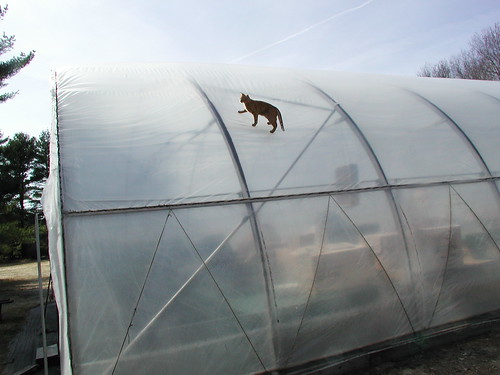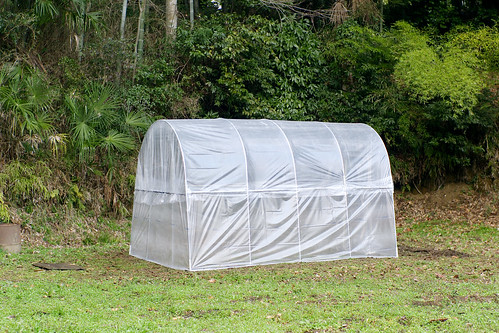Instead of looking out through your glass panes and watching your not so long ago attractive flower beds that are now frozen in the winter, you can easily transform your window into a little greenhouse where houseplants, herbs, seedlings and flowers will thrive.
A window greenhouse is also a great project for the plant lovers with much limited space. Also referred to as a garden window, even with its very small structure, this little garden can supply you with enough space so that you can enjoy year-round blossoms.
Cost, materials and your window greenhouse size are factors to be considered when deciding the style that best suits you. Just do keep in mind that the style should math the design of your home.
There are complete kits bay window style units that are energy saving and installs easily. They certainly will open up any room and likewise increase the functionality of a living space. Window greenhouse seat board may be utilized as a pretty breakfast nook or give a place for indoor plants that takes up a lot of floor space.
The bow greenhouse window can also be a great option that comprises of more than four glass segments to imitate a rounded look. Bay greenhouse windows generally come in three segments with sides that are angled at either thirty or forty-five degrees.
Your most cost-effective and simple to build option will be a complete greenhouse bow window kit as compared to building a new window greenhouse yourself. With the kit, all you have to do is remove your existing window then enlarge the opening of the wall in accordance to the required size stipulated in the kit and just screw and nail your greenhouse window in place.
However, you should first select a size or measurement that suits your interest as well as the plants that you will be housing. More plants will mean more time is required from you in order to attend to them. Starting with a smaller greenhouse window unit can be a good idea, as you can just install another one. However when your goal is to have more open space then start bigger.
Bow greenhouse windows that come in vinyl maintenance-free material or aluminum coated wood are very appealing. The interior is natural wood which can be stained or painted. With the imitation wood graining, often the stained or painted vinyl looks very real as well as maintenance-free.
Your choices when it comes to window greenhouse features are endless. For energy saving, select a bow greenhouse window structure with bendable foam insulation that is constructed into the seat board or headboard. Some really efficient kinds have foam-stuffed cavities and frames.
The glass paneling is considered to be the core of any greenhouse window for glare control, comfort, efficiency and resistance to fading. For most temperatures and weather, low-emissive or “low-e” type of glass having argon gas between gaps is not a good choice. Select a glass having insulating spacer.
Examine you home and search for that area having those “ready-made” qualities to put up your window greenhouse. You need warmth, good light supply and easy water access. Maintaining and growing plants indoors requires that you provide humidity, sunlight and constant temperature.
Keep in mind that you will be working with the plants such as transplanting them when needed, watering, fertilizing and checking for disease, so you need an area of the house that is easily accessible to you, that will not clash with other activities in the home.
When you want and enjoy the sight of colorful flowers from where you always stay for instance, in the kitchen, it does not have to follow that you should have your window greenhouse in the kitchen, even if there is limited space; you can just rotate flowering plants to many parts of the house, and just return them regularly to the window greenhouse for some rest and sunshine.
Once you have decided where to put your window greenhouse, decide weather you will be building it yourself or you will purchase a kit.
Just remember that foliars are just the beginning. You can always purchase potted flowering plants in bloom and arrange them in your window greenhouse. During fall, you can already plant summer flowers in pots that you can enjoy when summer comes. Also, herbs are attractive, useful and fragrant addition to your window greenhouse. You can now garden all year long and enjoy it no matter what the weather brings.

